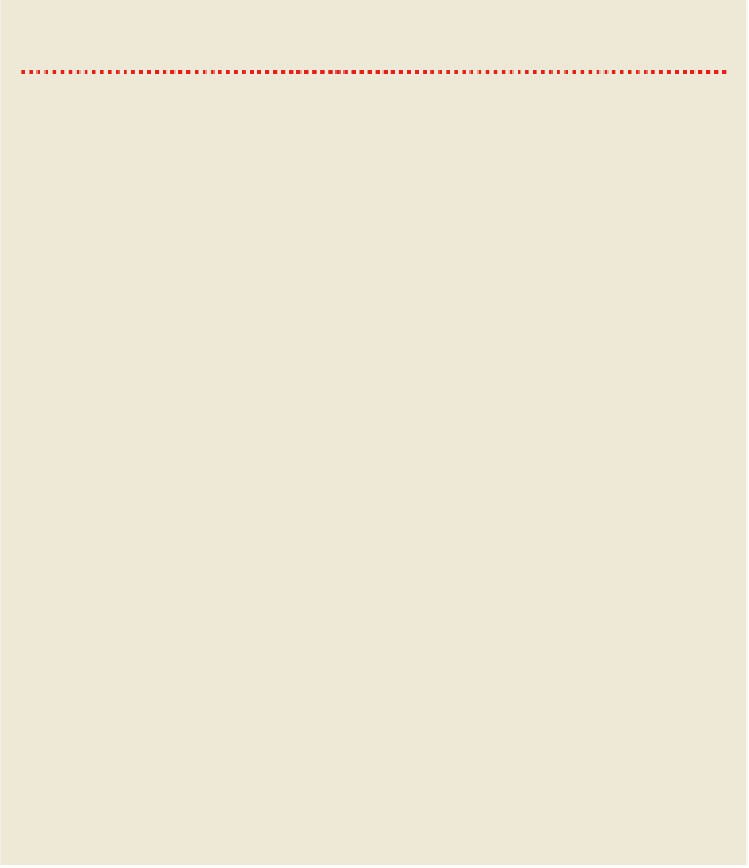Travel Reference
In-Depth Information
OFF THE BEATEN TRACK
WETHALI & MAHAMUNI PAYA
A half-day trip to the unrestored ruins of the former kingdom of Wethali and the an-
cient buddha image at Mahamuni Paya is a low-key but worthwhile way to see the
Rakhine countryside and learn about local history and legend.
About 7 miles north of Mrauk U are the barely discernible remains of the king-
dom of
Wethali
( daylight hours)
. According to the Rakhine chronicles, Weth-
ali was founded in AD 327 by King Mahataing Chandra; archaeologists believe that
the kingdom lasted until the 8th century. Today, in addition to the walls of the
1650ft by 990ft central palace site, the main attraction for visitors is the so-called
Great Image of Hsu Taung Pre
, a 16.5ft Rakhine-style sitting Buddha. It's said to be
carved from a single piece of stone and date to AD 327 (but most visitors argue the
features look more modern).
The elevated track that runs adjacent to Wethali is in fact an
abandoned railway
line
. A rare incidence of the former military government bowing to popular opinion
occurred here in late 2010 when a few brave locals protested against the planned
route of a new railway linking Sittwe with Minbu, the construction of which was
damaging temples and sites within the archaeological area. The project was halted
and the railway's route changed.
Continuing north, just beyond the former ancient capital of Dhanyawady, is
Ma-
hamuni Paya
( daylight hours)
, the alleged first home of the buddha image
now housed in the temple of the same name in Mandalay. The legend goes that
that the image was cast when Buddha visited the area in 554 BC. Yet even today,
some Rakhine recount, with fresh, fiery passion, how the Burmese King
Bodawpaya sent soldiers to dismantle and remove the Mahamuni Buddha in 1784.
Today, 'Mahamuni's brother' - a smaller statue allegedly cast from the same ma-
terials - is now one of three fine golden images resting inside. A replica of the ori-
ginal, commissioned 100 years ago by a wealthy resident of Sittwe, sits to the left.
The temple structure dates from the 19th century, as earlier ones were destroyed
by fire. Down the steps, near the south walls of the shrine, is a
museum
(admission
$5) with a couple of dozen relics and some beautiful engraved stones.
There is a strip of good
Burmese restaurants
across from Mahamuni Paya, so it's
a clever idea to combine this trip with lunch. The trip can be arranged via the Re-
gional Guides Society - Mrauk U (
Click here
)
. It spans about half a day, and car
hire runs about K46,000, plus $20 for a guide.
Festivals & Events




